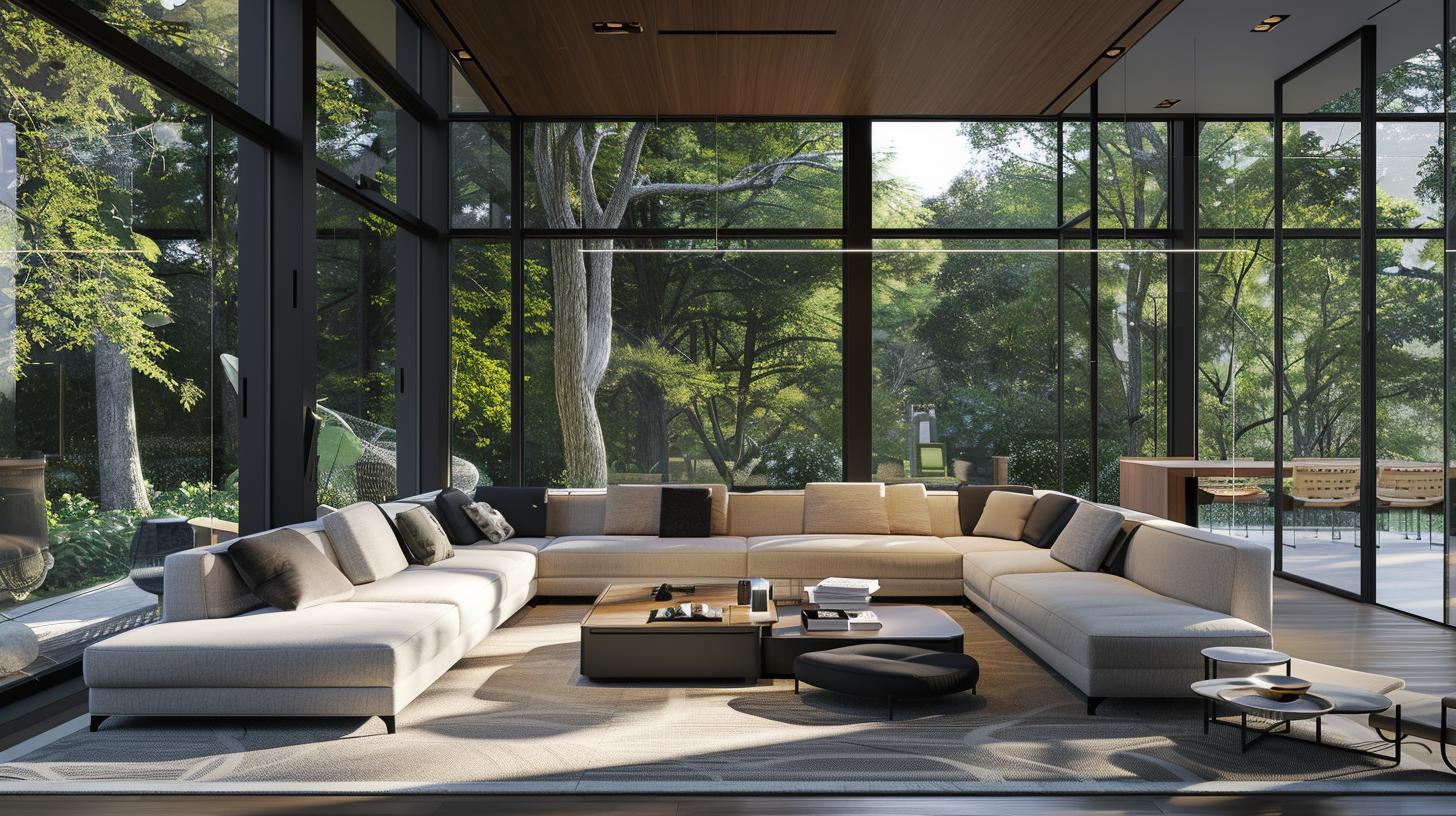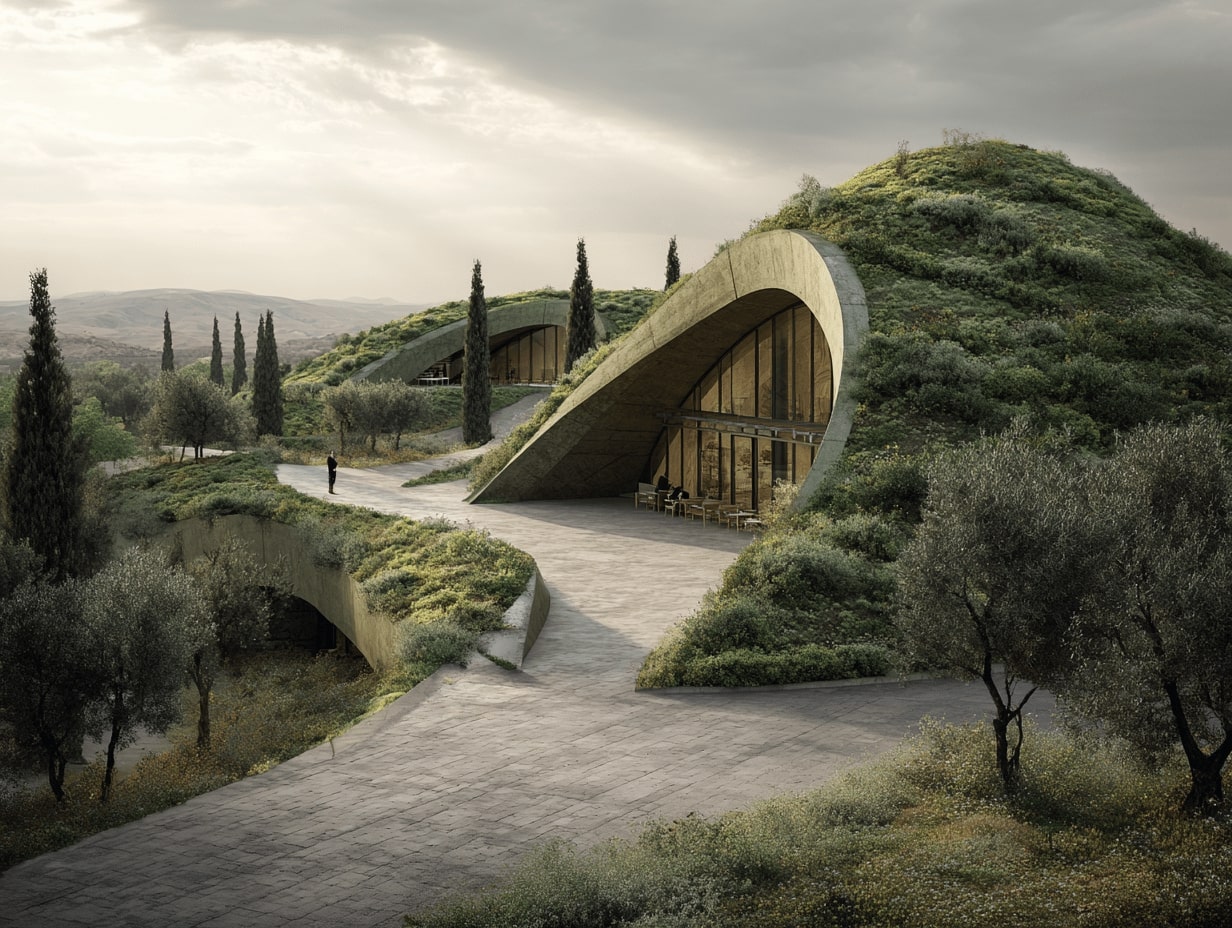- Home
- Articles
- Architectural Portfolio
- Architectral Presentation
- Inspirational Stories
- Architecture News
- Visualization
- BIM Industry
- Facade Design
- Parametric Design
- Career
- Landscape Architecture
- Construction
- Artificial Intelligence
- Sketching
- Design Softwares
- Diagrams
- Writing
- Architectural Tips
- Sustainability
- Courses
- Concept
- Technology
- History & Heritage
- Future of Architecture
- Guides & How-To
- Projects
- Interior Design
- Competitions
- Jobs
- Store
- Tools
- More
- Home
- Articles
- Architectural Portfolio
- Architectral Presentation
- Inspirational Stories
- Architecture News
- Visualization
- BIM Industry
- Facade Design
- Parametric Design
- Career
- Landscape Architecture
- Construction
- Artificial Intelligence
- Sketching
- Design Softwares
- Diagrams
- Writing
- Architectural Tips
- Sustainability
- Courses
- Concept
- Technology
- History & Heritage
- Future of Architecture
- Guides & How-To
- Projects
- Interior Design
- Competitions
- Jobs
- Store
- Tools
- More
Mastering Modern Spaces: Practical Tips for Sleek, Functional and Sustainable Designs
Discover the art of modern space design as this article shares invaluable tips on achieving functionality with minimalist aesthetics, utilizing innovative storage solutions, and integrating technology for comfort and chic style. Learn how to create visually captivating, eco-friendly living spaces that uniquely combine innovative materials, smart home features, and LED lighting.

We’re living in an era where clean lines, functional designs, and technology rule the roost. It’s no surprise that modern spaces are all the rage. But how do you transform your space into a stylish, contemporary haven? In this article, let’s demystify the process together. We’ll explore the best tips and tricks to create modern spaces that are not only aesthetically pleasing but also comfortable and functional. Whether it’s your home or office, we’ve got you covered.

Table of Contents
ToggleUnderstanding Modern Spaces
As the trend continues to evolve, many of us are seeking ways to incorporate a modern aesthetic into our homes and offices. But before you start buying furniture or knocking down walls, it’s important to understand what exactly defines a modern space.
Modern spaces are all about simplicity and functionality. These areas tend to embrace the “less is more” philosophy and often feature open or minimal layouts. Clean lines and simple color palettes are a hallmark of this design style.
Furthermore, they’re not just about aesthetics. Technology plays a big role in modern spaces. They are designed with a focus on comfort, function, and efficiency. High-tech gadgets and smart home systems are often incorporated seamlessly into the design, enhancing both the look and usability of these spaces.
Spaces that embody a modern design will also be devoid of any unnecessary decoration or clutter. Every piece of furniture, every color, every architectural element has a purpose and is thoughtfully chosen for its functionality. This doesn’t eliminate beauty or style but adds depth to these spaces by focusing on purpose-driven design.
In order to create a modern space of your own, here’s a basic framework to abide by:
- Minimalism: Opt for furniture and decor items with simple lines and shapes.
- Function: Every item in your space should serve a purpose; less is more.
- Technology: Incorporate the latest tech gadgets into your space to enhance its functionality.
Overall, an understanding of modern spaces can provide a helpful roadmap for those seeking to convert their living or working environments into trendy, functional, and aesthetically pleasing areas. The melding of form, function, and technology sets these spaces apart and achieves a unique balance that is both visually stunning and deeply practical. Creating a modern space is more than just the physical layout and décor, it requires a change in perception and lifestyle habits that weaves functionality and style into the fabric of daily life.

Incorporating Minimalist Design
As we delve into making modern spaces more comfortable and visually pleasing, let’s focus on one of the fundamental principles – Minimalist Design. It’s more than just a visual style. It embodies the “less is more” philosophy.
Decluttering Your Space
There’s something to keep in mind about minimalist design, it begins with decluttering. The first step to transforming any area into a modern minimalist space is by decluttering. This process can seem overwhelming at first, but it’s one that reaps big rewards.
Forget about the old adage “out of sight, out of mind.” Even things crammed in your closets or hidden under your bed take up mental energy. Undertake this process of removing non-essential items from your space, one area at a time. Keep, donate, or discard things based on your current and future needs. By doing so, we can create a space that breathes freedom and tranquility. An uncluttered area reduces stress, helping us focus better on tasks at hand and improves our overall well-being.

Choosing Simple Color Palettes
Choosing the right color palette is paramount. It sets the overall mood of space and reflects our personality. In minimalist design, this means embracing simpler color schemes.
The minimalist color scheme typically includes neutral and earth tones like white, beige, greys, and taupe. These shades provide a sense of calm and harmony in the space. It’s not about completely eliminating colors. You can add pops of color to your decor elements for personality while keeping the backdrop neutral.
Why choose simple color palettes?
- They rhyme with a clean and streamlined look that defines minimalism.
- Neutral colors attract less attention making the room seem bigger.
- They allow your carefully chosen furniture and accessories to take center stage.
The beauty of minimalist design is its versatility. It’s about refining our space and choices. By decluttering and choosing a simple color palette, we’re optimizing our spaces to become modern, functional, and conducive to a simpler lifestyle. As we continue to explore modern spaces, we’ll delve deeper into more principles that guide the design of these visually appealing, functional environments. Stay tuned.
Embracing Technology
As we venture further into the 21st century, the adoption and integration of technology into our environments have become more than an optional luxury. It’s now an essential part of every modern space. We’ll explore the role of technology in modern design, focusing on smart home features and energy-efficient lighting options.

Smart Home Features
Smart home features are an essential component in creating a modern space. They offer substantial benefits from convenience and security to increased efficiency and customization. Imagine controlling lighting, temperature, and even appliances with just a few taps on a smartphone, or even with a voice command.
Highly sought after features include smart thermostats, security systems, and appliances that you can control remotely. These tools not only add a futuristic touch to our homes but are also capable of learning our habits and anticipating our needs, which contributes to energy efficiency.
In terms of security, the incorporation of features like smart locks and security cameras provide peace of mind. Technology has revolutionized the way we protect our homes, making security more robust, reactive, and user-friendly.
Energy-Efficient Lighting Options
Lighting plays a critical role in setting the mood and functionality of a space. It’s no longer just about illuminating rooms. Modern lighting design focuses on energy efficiency and enriching the aesthetic appeal of our environments.
Switching to LED lights is a common and effective way to up the modern vibe of your space and boost energy efficiency. These lights last longer, use less energy, and come in a variety of color temperatures to suit different room functions and moods.
In addition to this, there’s an increasing trend towards integrating natural lighting into design. Natural light not only saves energy but also creates a warm, inviting atmosphere. Big, clear windows and skylights are some ways to maximize natural lighting and fuse indoor and outdoor environments seamlessly.
Also, let’s not forget about smart lighting. These systems allow for greater control of brightness and color. You could potentially wake up to sunrise simulated light in the morning and go to bed with a sunset glow in the evening, all controlled by an app or voice command.

Balancing Form and Function
When we’re designing modern spaces, it’s vital to find the ideal balance between form and function. A well-designed space isn’t only about displaying the latest tech gadgets or the most cutting-edge design themes. It’s also about creating a room that’s as functional as it is visually pleasing.
Storage is an essential part of any room design. Today there are an array of innovative storage solutions that can help keep clutter at bay. From hidden cupboards in banquette seating to pull-out pantries, modern storage solutions add a sleek, streamlined look to any space. They not only enhance the room’s functionality but also maintain the minimalist aesthetic prevalent in modern design.
Then there’s furniture design. Modern furniture designs often embrace the ethos of form follows function. Consider pieces that serve multiple roles, like a coffee table that offers storage or a sofa that transforms into a bed. Multi-purpose furniture maximizes space usage and contributes to a clean, uncluttered design.

Technology integration is another pivotal aspect, one we’ve previously touched on. Smart home features such as automated blinds or smart lights not only offer convenience but can greatly elevate a room’s aesthetics. Installations like hidden charging docks, smart mirrors, or in-wall speakers can blend seamlessly into a room’s design, enhancing both functionality and form.
Even design elements as fundamental as lighting have a significant role. Energy-efficient options, such as LED lights, not only reduce energy consumption but also enable homeowners to create different moods in their spaces. Smart lighting, which offers control over brightness and color temperature, can dramatically affect a room’s ambience without significantly altering the design.
In the realm of modern design, there’s an incredible variety of materials to choose from. Instead of sticking to traditional choices, we encourage exploring alternative materials like recycled glass or eco-friendly composite resins. Such choices not only make a design statement but are also in line with the growing trend towards sustainability in modern living spaces.
Remember: Balancing form and function requires careful planning and thoughtful decision-making. The perfect balance results in a space that’s visually captivating, technologically advanced, functionally efficient, and above all, inspiring to live in. The secret lies in creating harmony between each part of the design puzzle and letting them work together to form the bigger picture.
Conclusion
We’ve journeyed through the world of modern space design, uncovering the importance of balance between form and function. We’ve seen how innovative storage and multi-purpose furniture can enhance our spaces without sacrificing style. We’ve touched on the role of technology, like smart features and LED lights, in boosting both convenience and aesthetics. We’ve also highlighted the value of exploring eco-friendly materials as a sustainable option. So, let’s not just dream about captivating, technologically advanced, and efficient spaces. Let’s create them. Let’s inspire living. Because at the end of the day, it’s not just about designing spaces. It’s about designing lifestyles.
Submit your architectural projects
Follow these steps for submission your project. Submission FormLatest Posts
Architecture of Climate: Designing for Heat, Cold, and Storms
Architecture of climate: a practical guide to designing for heat, cold, and...
Sustainable Home Design Starts Underground: The Overlooked Role of Septic Systems
When we think of sustainable home design, most people picture solar panels,...
Understand Site Topography and Its Role in Sustainable Design for Eco-Friendly Solutions
Discover how understanding site topography transforms sustainable design by optimizing energy use,...
Exploring the Current Uses of Green Roofs: Benefits for Urban and Rural Spaces
Discover the growing uses of green roofs in urban and rural spaces,...












Leave a comment